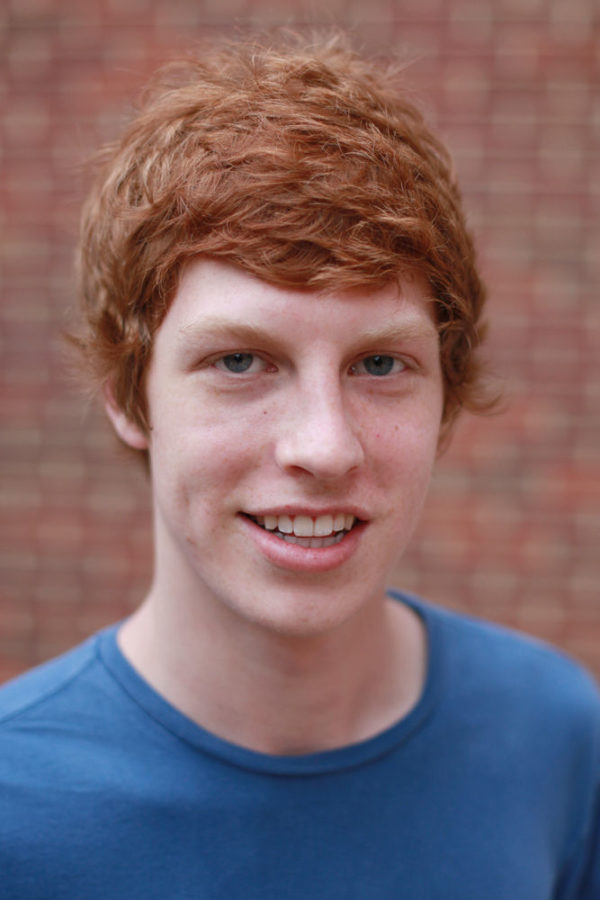Learning about ‘The Grand Old Man’ of campus
October 2, 2014
What do you know about “The Grand Old Man” of our university? I bet you’ve seen him staring off into the distance at least a couple times. Or even more likely, you’ve been in, worked in or lived in a building named after this important man.
James Kennedy Patterson, whose bronze statue is perched in the courtyard outside of Patterson Office Tower, left a huge footprint that is still being felt more than a century later. History only has room for those like Patterson who filled big shoes, but any of us can be transformed by understanding of the giants of our past and their ideas.
Born in Glasgow, Scotland, in 1833, Patterson became president of what eventually came to be UK in 1869. But empty facts like these do not capture the man himself.
Patterson was a man transformed by the study of people before him, as he chaired the department of History and Metaphysics for the 40 years he presided over the university – I can only wonder if he was drawn in by the same time periods or philosophers that draw in my peers and me today.
Not only did his advocacy for liberal arts influence curriculum and students for decades, but his fiery passion for this university kept it afloat. Besides complete dedication and personal loans to the school, Patterson is credited with an impassioned speech at the Kentucky Senate which overcame opposition to a statewide tax that was greatly needed for UK in 1882.
One of Patterson’s last achievements before stepping down as president was to transfer our growing school into the university it is today: one where hundreds of thousands have come to take part in the explosion of knowledge over the last century.
More generally, our study of the past will always lead to the increase in knowledge that we have witnessed here as a result of people like Patterson. This is because temporary knowledge that is more tenuous will be replaced by more complete knowledge from people who build on the past.
The Grand Old Man of our university is now cemented to our foundation, with an inscription facing Whitehall reading, “The True Past Departs Not.” With a keen eye on the paths carved by greats like Patterson, we should make a point to dive into the history of people and ideas that influenced our university to keep this sentiment true.
































































































































































